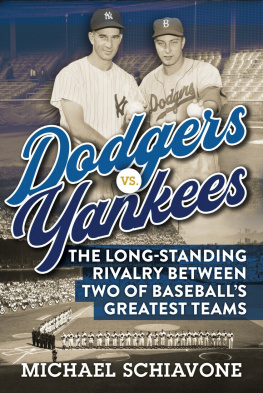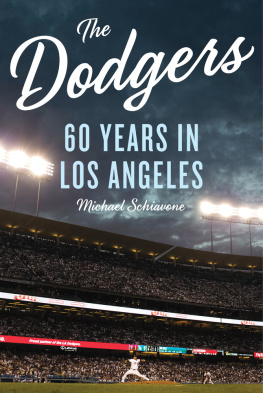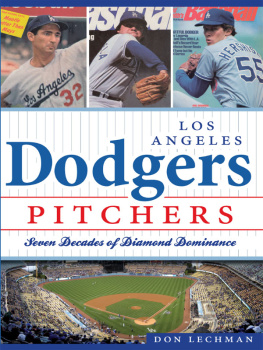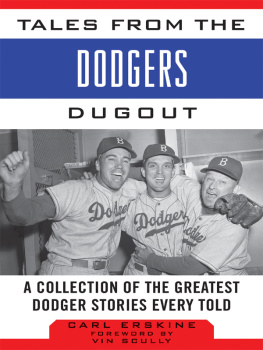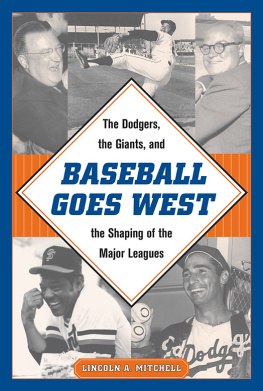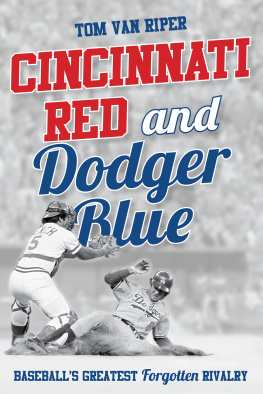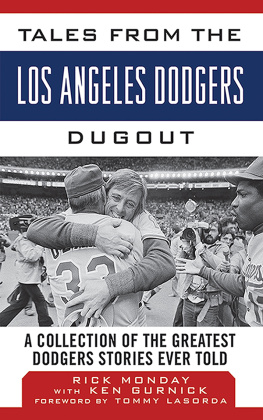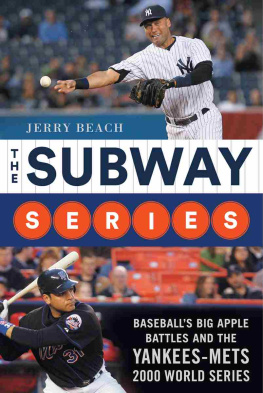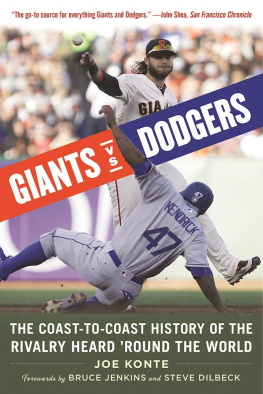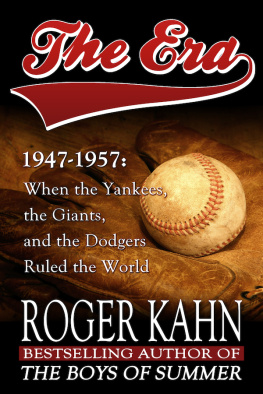
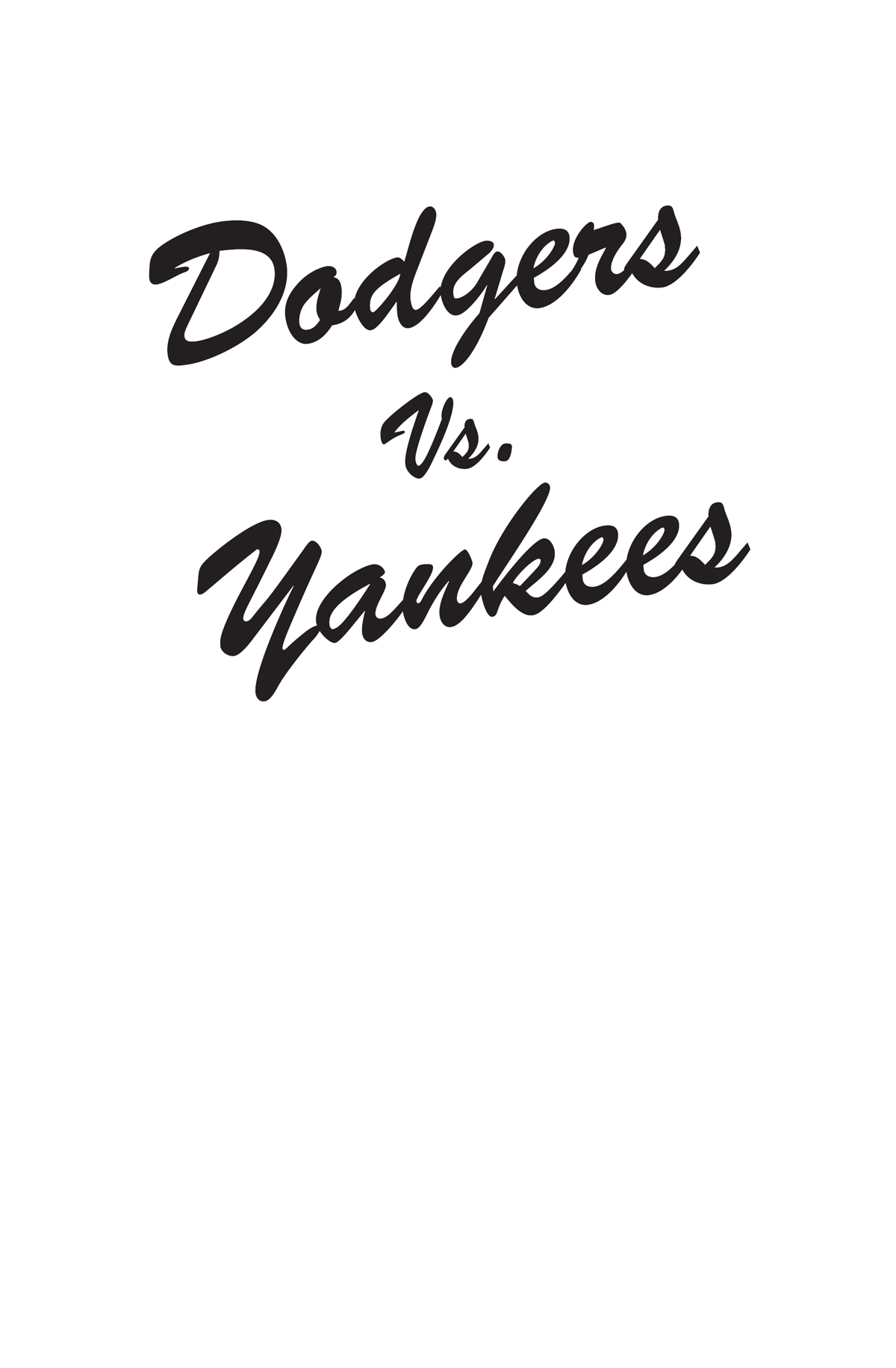

Copyright 2020 by Michael Schiavone
All rights reserved. No part of this book may be reproduced in any manner without the express written consent of the publisher, except in the case of brief excerpts in critical reviews or articles. All inquiries should be addressed to Sports Publishing, 307 West 36th Street, 11th Floor, New York, NY 10018.
Sports Publishing books may be purchased in bulk at special discounts for sales promotion, corporate gifts, fund-raising, or educational purposes. Special editions can also be created to specifications. For details, contact the Special Sales Department, Sports Publishing, 307 West 36th Street, 11th Floor, New York, NY 10018 or .
Sports Publishing is a registered trademark of Skyhorse Publishing, Inc., a Delaware corporation.
Visit our website at www.sportspubbooks.com.
10 9 8 7 6 5 4 3 2 1
Library of Congress Cataloging-in-Publication Data is available on file.
Cover design by 5mediadesign
Cover photo credit: Getty Images
Print ISBN: 978-1-68358-314-1
Ebook ISBN: 978-1-68358-315-8
Printed in the United States of America
For Su Lan and Valentina
CONTENTS
PREFACE
T HE LOS ANGELES Dodgers and the New York Yankees are two of the storied and most popular teams in not only baseball, but all of sport. Their rivalry began in New York and continued even with the Dodgers leaving Brooklyn and moving to Los Angeles. The Dodgers and Yankees have met each other a record eleven times in the World Series. For a long time, the Dodgers-Yankees rivalry was the marquee matchup in baseball.
This is common knowledge to almost all baseball fans in New York and Los Angeles and any baseball aficionado. Yet I have a confession to make. For a long time I knew little about the teams intertwined history. I have another confession: I like the New York Yankees. As a Los Angeles Dodgers fan, I am meant to hate the so-called Evil Empire, but I never could. As I noted in The Dodgers: 60 Years in Los Angeles , I became a Dodgers fan while watching Game One of the 1988 World Series. However, growing up in Australia meant there was very little baseball on television. At most, there were the occasional highlights on television once the playoffs began, and if we were lucky, World Series games would be shown, albeit on delay. I had to rely on the local library. Every week I would go to the library to read the latest Sports Illustrated ; by latest I mean at least two months out of date. Ah, the joys of being an American sports fan in Australia back in the 1980s and early 1990s. I read about the Yankees struggles and how the once-proud franchise was on its knees. Despite their afterthought status, the Yankees became my second-favorite team. It was only later (this was in the pre-Internet era and when baseball books in Australia were in very short supply) that I realized that the Dodgers and Yankees were fierce rivals with the Bronx Bombers almost always being victorious. This should have led me to adopt another team as my second favorite, but I never could. Even when the Yankees were riding roughshod over baseball, I still was cheering them on, especially as the Dodgers were going through their own horrible period. Reading about the Yankees, Dodgers, and baseball in general in Sports Illustrated brought me immense joy.
Beginning with the 2005 season, I could finally begin to watch baseball regularly on television as cable television was becoming more widespread in Australia. A dedicated sports channel showed live baseball games a few times a week. Not surprisingly, considering their worldwide popularity, the majority of games shown were ones involving the Yankees. Likewise, when I moved to China, if there was a baseball game on, it almost always involved the Yankees. Even though I would have preferred to be regularly watching the Dodgers (something I could finally do in 2009 when I moved to the United Kingdom and finally had fast enough Internet speed to watch games on MLB.TV), I loved watching Yankees baseball. Their history and tradition made it incredibly enjoyable to me. However, the Yankees domination over the Dodgers always intrigued me. Were the Yankees so much better than the Dodgers? Were the Dodgers chokers when it mattered most? Or was it simply the case that the baseball gods were actually malevolent and favored the team that would be later known to its detractors as the Evil Empire over the boys in blue? In the following pages I will provide a history of the Dodgers-Yankees rivalry and try to answer the question that has mystified me for so many years.
THE DODGERS AND
YANKEES BEFORE 1941
THE BROOKLYN GRAYS BECOME THE BROOKLYN DODGERS
In 1883, the Brooklyn Grays played in the Interstate Association of Professional Baseball Clubs, before joining the American Association the following year. The team won the American Association championship in 1889 before losing to the New York Giants in a version of the World Series. The World Seriesa matchup between the National League and American League championsdid not begin until 1903. In 1890, the team left the American Association and joined the National League. Even though the team had the less-than-flattering nickname of the Bridegrooms, they managed to win the National League pennant, compiling an 8643 record well ahead of the Chicago Colts and the Philadelphia Phillies. The Bridegrooms moniker allegedly was used because seven members of the team got married in 1888. The Bridegrooms went on to tie the American Association champions, the Louisville Colonels, in the World Series. Both teams won three games, and there was one tie. During the Series the weather conditions continually worsened. This led to the managers agreeing that Game Seven, which Louisville won to tie the Series, would be the last game. While a deciding game was meant to be played the following year, it never occurred because of the respective leagues being at loggerheads due to the formation of the Players League.
During the 1890s and into the new century, the Brooklyn side had other informal monikers such as Wards Wonders (based on John Montgomery Ward, the skipper from 1891 to 1892), Foutzs Fillies (based on Dave Foutz, the skipper from 1893 to 1896), and Hanlons Superbas (based on Ned Hanlon, the skipper from 1899 to 1905). Another moniker was attached to the Brooklyn side in the 1890sTrolley Dodgers.
The term Trolley Dodgers first appeared in print in May 1895 and was picked up by other publications throughout the season. In the 1800s, when the city had a number of trolleys, they were initially pulled by horses. Brooklyn residents did not bother to look when they crossed the street because they knew without an ounce of doubt that horses would not run over them. However, when horse trolleys were replaced by electric ones, a number of Brooklyn residents still did not bother to look when they crossed a street. As such, they often had to jump out of the way to prevent from being hit. Many were not quick enough; eight people were killed in 1892, 51 in 1893, and in 1894 34 people were killed by the electric trolleys.
The Trolley Dodgers moniker was frequently used by the media throughout 1896. Eventually Trolley was dropped from the name, and the local baseball team simply was known as the Dodgers. However, it was still an informal nickname. From 1899 to 1910, the team was the Superbas. In 1911 and 1912, they were known as the Dodgers, but the following year the team was once again known as the Superbas. From 1914 to 1931, they were known as the Robins (based on Wilbert Robinson, who was then the teams skipper). In 1932, the team was once again the Dodgers. It was not until 1933 that the nickname became permanent, with the Dodgers name being put on the teams jerseys.
Next page
